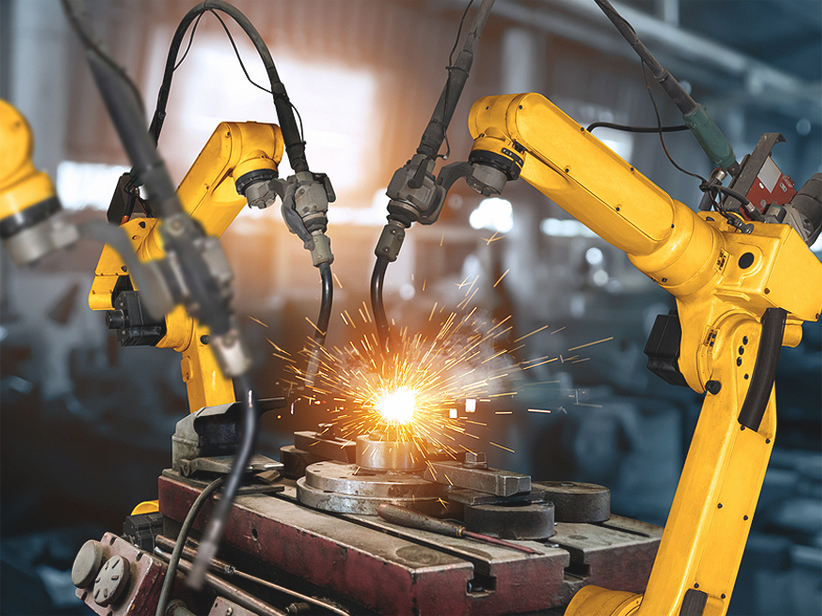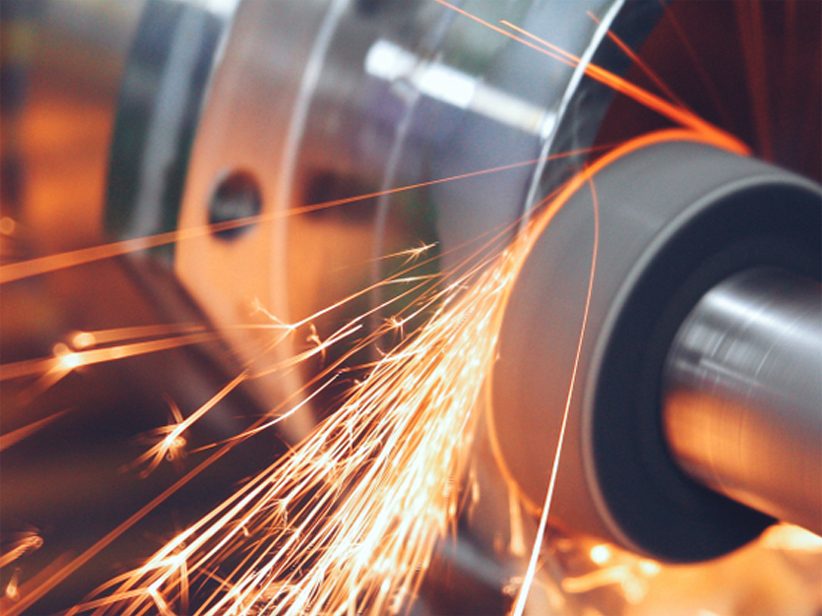Stainless Steel - Grade 329 / 1.4460
Description
Stainless Steel Grade 329 (DIN 1.4460) is a duplex stainless steel combining high strength and excellent corrosion resistance. It features a mixed microstructure of austenite and ferrite, which provides the material with superior mechanical properties and resistance to stress corrosion cracking. Grade 329 is particularly effective in environments containing chlorides and other aggressive chemicals, making it suitable for demanding applications in the chemical, petrochemical, and marine industries.
Chemical Composition
- Chromium (Cr): 23.0 - 28.0%
- Nickel (Ni): 2.5 - 5.0%
- Molybdenum (Mo): 1.0 - 2.0%
- Silicon (Si):≤ 1.0%
- Manganese (Mn): ≤ 2.0%
- Carbon (C): ≤ 1.0%
- Phosphorus (P): ≤ 0.035%
- Sulfur (S): ≤ 0.015%
- Nitrogen (N): 0.05 - 0.25%
Mechanical Properties
- Tensile Strength: 620 - 850 MPa
- Yield Strength: ≥ 450 MPa
- Elongation: ≥ 25%
- Hardness: ≤ 250 HB
Thermal & Physical Properties
- Density: 7.8 g/cm³
- Melting Range: 1420 - 1460°C
- Thermal Conductivity: 15 W/m•K at 20°C
- Specific Heat: 500 J/kg•K
- Electrical Resistivity: 0.75 µΩ•m
Other Designations
- DIN:1.4460
- UNS: S32900
- EN: X3CrNiMoN27-5-2
Fabrication and Heat Treatment
- Formability: Good formability using standard processes, but requires consideration of the duplex structure.
- Weldability: Can be welded by common techniques; however, post-weld heat treatment is recommended to maintain corrosion resistance.
- Heat Treatment: Solution annealing at 1020 - 1100°C followed by rapid cooling is necessary to maintain the duplex structure and mechanical properties.
- Machinability: Machinability is moderate; using carbide tools and proper lubrication is recommended.
Applications
- Chemical Processing: Storage tanks, heat exchangers, and piping systems.
- Petrochemical Industry: Offshore platforms, oil rigs, and refining equipment.
- Marine Environments: Boat shafts, propellers, and marine hardware.
- Pulp and Paper Industry: Digesters, bleaching equipment, and pumps.
- Desalination Plants: Components exposed to seawater and brine.
Supplied Forms
- Bars:
- Forgings
Features
- High Strength: Superior mechanical properties compared to conventional stainless steels.
- Corrosion Resistance: Excellent resistance to pitting, crevice corrosion, and stress corrosion cracking, especially in chloride-containing environments.
- Durability: Combines toughness and durability, suitable for high-pressure applications.
- Versatility: Adaptable to various industries, providing reliable performance in harsh conditions.






